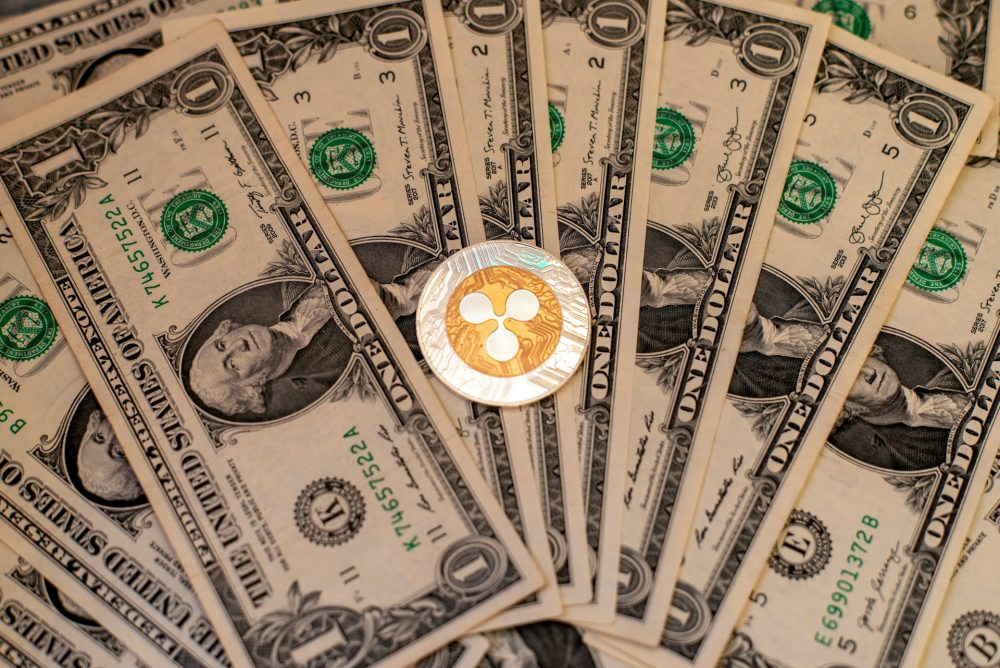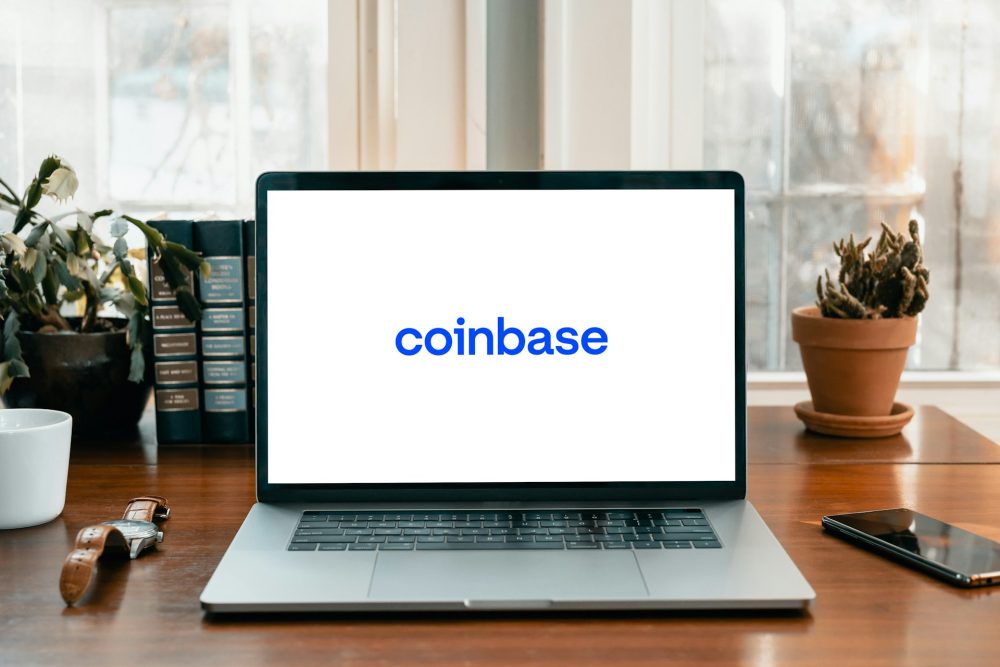Featured
Credit Suisse Report Shows How Much Paytech Companies Are Worth
Credit Suisse published, at the end of June, a report titled “If The Future of Money is Digital… then FinTech is the Future.” Nexi ended the first half of the year with €1.52 billion in revenues (+8.7 percent) and Ebitda of an impressive €702.4 million (+19.1 percent), against a net financial debt of €5.16 billion and leverage to Ebitda of 3.4 times, down from the end of December 2021.

Although the mid-August price flare-up of paytech company Nexi in Piazza Affari was extinguished in a few days, with the stock closing yesterday, August 30th, at Euronext Milan at €8.11, all the reasons that led the market to seriously believe in the possibility of an incoming bid by large international investors, be they private equity funds or fintech giants, remain true.
That is because in Europe the entry into force of the EU’s second payment services directive has triggered a whirlwind of m&a that has not yet exhausted itself and, indeed, can only accelerate, given the bargain stock prices for tech companies these days, the enormous firepower of funds yet to be spent and the great prospects for market development.
The situation is explained in detail, numbers in hand, in a meaty report published by Credit Suisse at the end of June, titled “If The Future of Money is Digital… then FinTech is the Future,” which points out that while “banks still play an important role in European payments and account for about 67 percent of the volume of purchases and are a potential catalyst for consolidation, meanwhile, private equity funds are paving the way for dynamic m&a (this is the case with Nordic Capital, Advent International, Bain Capital). Historically, these funds are positioned on payments because of the attractiveness of the business model.”
There are still acquiring banks such as Barclays, which has a 6 percent market share in Europe, in terms of volume. And in France, for example, there are five bank acquirers with significant stakes: Crédit Agricole, Crédit Mutuel, BNP Paribas, BPCE, and Société Générale. In Sweden, there is Swedbank with about 34 percent stake acquisition, and in Spain Banco de Sabadell. That said, large fintech companies, often with funds behind them, are advancing: in fact, payment industry players aim to grow and expand the value chain to expand geographically or improve their capabilities. Benefits of acquiring scale include: greater distribution channel penetration, lower processing costs for local debit schemes, and integrations.
Read more about Nexi and find other important financial news with the Born2Invest mobile app.
Credit Suisse sees good growth potential in countries where digital does not yet have the penetration of the more advanced ones
Thus in Italy (from which 50 percent of revenues come), Poland, and more generally in Central and Eastern Europe.
All this, it was said, is then facilitated by the fact that valuations are falling after the highs reached last year. Recall that more generally in the tech sector, highs have been reached at 27-30 times Ebitda, according to Bain&Co’s calculations, but that by now those heights no longer seem replicable in the future, as strikingly demonstrated by the now well-known latest round of funding conducted by Swedish fintech Klarna, a buy-now-pay-later giant, which took home more than $800 million from investors last July, but at a valuation of “only” $6.7 billion, which is a full 85 percent less than the $45.6 billion it had netted for the June 2021 round. PitchBook in one of its recent reports also calculated that the valuation multiples of venture-backed companies that went hypo in the first half of the year are down sharply.
Going back to the Credit Suisse report, the Swiss bank’s analysts calculated as of June 24 an EV for Nexi of 11.3 times Ebitda (i.e., €19.2 billion, for an equity value of €10.8 billion) from 11.7 times at the beginning of June, when the world’s 24 listed paytech companies recorded an average multiple of 17 times and a median of 11 times, with peaks at 37.6 times for Dutch Ayden (i.e., €39.3 billion EV and €43.6 billion equity value), which, however, for its part came from peaks over 115 times, touched in 2020. On multiples slightly higher than Nexi’s travels in Europe for example Worldonline (EV of 15.1 billion, or 12.8 times Ebitda), while Edenred is valued at €12.1 billion, or 14.6 times Ebitda. But the biggest paytech palm goes to U.S.-based PayPal, valued at $91.2 billion, or 12.5 times ebitda.
Nexi, however, described by Credit Suisse as a share leader, with a 70-80 percent market share in Italy, has lost about 55 percent of its value on the stock market in 14 months. Numbers in hand, in July 2021 the digital payments company set its all-time high: €19.40 per share. A year later, Nexi plunged, reaching its lowest value ever on the stock market: €7.14 in June. All this while the business continues to boom.
In fact, Nexi ended the first half of the year with €1.52 billion in revenues (+8.7 percent) and Ebitda of an impressive €702.4 million (+19.1 percent), against a net financial debt of €5.16 billion and leverage to Ebitda of 3.4 times, down from the end of December 2021. Capital expenditures rose to 218 million. In Italy, acquiring transaction volumes saw double-digit growth compared to last year, reaching +18 percent in June, with foreigners’ cards returning to pre-Covid levels while 2022 guidance was confirmed, with revenue growth forecast between 7 percent and 9 percent. Also in recent days is the announcement of the collaboration between Nexi and Microsoft, with the Italian company chosen by the U.S. multinational founded by Bill Gates as one of the leading providers of digital payments for e-commerce in Italy, Denmark, Sweden and Norway. Nexi and Microsoft will also work together to incorporate Nexi’s payment solutions into Microsoft Cloud services and solutions.
And here private equity funds have already been knocking on the Italian paytech’s door. Silver Lake had already tried last spring. In fact, the U.S. private equity firm had entered into negotiations to take over Nexi, according to what was revealed by the Reuters news agency in mid-August. But the parties remained distant on the price, putting the brakes on any prospect already around the end of March, thus well before the stock updated its negative record.
But the issue as mentioned remains topical. And who knows that then the winning move will not be made by the funds already in Nexi’s capital, following what is becoming a well-established practice in the world of large buyout operators, who, when they find themselves with assets in their portfolio that they still find very interesting but now dated for a fund that is perhaps heading toward the end of its life, decide to launch a so-called continuation fund and pass the asset in question to it, with the support of old and new investors who are specialists in the secondary market.
To date Nexi’s first investor is U.S. private equity Hellman&Friedman with 19.9 percent, followed by CDP Equity at 13.6 percent, Mercury Uk HoldCo (Advent International, Bain Capital and Clessidra sgr) with 9.42 percent, Intesa Sanpaolo at 5.12 percent, Poste Italiane at 3.55 percent and GIC at 2.12 percent, where the funds’ presence is a legacy of the merger of SIA and Nets into Nexi, with the previous funds that were shareholders in the two target companies reinvesting in Nexi (see other BeBeez article) and with the original Nexi shareholder funds still holding a stake in the group despite the IPO.
__
(Featured image by iqbalnuril via Pixabay)
DISCLAIMER: This article was written by a third party contributor and does not reflect the opinion of Born2Invest, its management, staff or its associates. Please review our disclaimer for more information.
This article may include forward-looking statements. These forward-looking statements generally are identified by the words “believe,” “project,” “estimate,” “become,” “plan,” “will,” and similar expressions. These forward-looking statements involve known and unknown risks as well as uncertainties, including those discussed in the following cautionary statements and elsewhere in this article and on this site. Although the Company may believe that its expectations are based on reasonable assumptions, the actual results that the Company may achieve may differ materially from any forward-looking statements, which reflect the opinions of the management of the Company only as of the date hereof. Additionally, please make sure to read these important disclosures.
First published in Be Beez, a third-party contributor translated and adapted the article from the original. In case of discrepancy, the original will prevail.
Although we made reasonable efforts to provide accurate translations, some parts may be incorrect. Born2Invest assumes no responsibility for errors, omissions or ambiguities in the translations provided on this website. Any person or entity relying on translated content does so at their own risk. Born2Invest is not responsible for losses caused by such reliance on the accuracy or reliability of translated information. If you wish to report an error or inaccuracy in the translation, we encourage you to contact us

-

 Crowdfunding1 week ago
Crowdfunding1 week agoDolci Palmisano Issues Its First Minibond of the F&P “Rolling Short term” Program
-

 Fintech7 days ago
Fintech7 days agoRipple Targets Banking License to Boost RLUSD Stablecoin Amid U.S. Regulatory Shift
-

 Crypto2 weeks ago
Crypto2 weeks agoCoinbase Surges: Bernstein Targets $510 as COIN Hits Highest Price Since IPO
-

 Biotech2 days ago
Biotech2 days agoBiotech Booster: €196.4M Fund to Accelerate Dutch Innovation

























